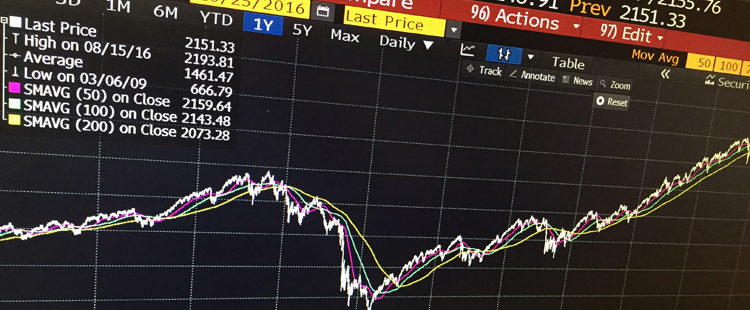There are basically five strategies which can help you in allocating your risk management.
1. Learn about the company
If you’re going to put money into the stock market, you need to devote time and energy to learning about the company’s financial statements and annual reports, as well as the state of the economy at large and the impact of external variables like inflation, interest rate changes, and commodity prices.
If you have a firm grasp of these elements and how they influence stock market fluctuations, you will be in a better position to plan your investments. Any other approach will reduce your investments to mere gambling.
2. Go with the flow of the market
The direction of the market and individual stocks may be determined by conducting extensive research on numerous economic factors and past market movements. Some equities may do well in the face of significant inflationary pressures, while others might see their prices plummet.
If you want to protect yourself from the market’s downturns, you must first predict its direction and adjust your investment strategy accordingly. This is a crucial measure for reducing potential losses in the stock market.
3. Diversify
Be cautious about putting all your hopes on one thing. Spreading your assets across various asset classes and firms can help you reduce the potential losses associated with investing in the stock market. You may diversify your portfolio by investing in stocks, ETFs, or multi-cap mutual funds. You may spread the risks of investing in particular equities by spreading them across diverse industries, including information technology, consumer goods, banking, and pharmaceuticals.
4. Stock Market Risk Management Strategies
Stop-loss orders and other strategic investment tools can help you choose when to enter and exit the market. When prices are decreasing, stop-loss is the moment at which a trader will get out of the market to limit losses. When these prices are determined in advance, it is possible to have a good idea of potential gains or losses.
5. Try to be Patient
In times of extreme market volatility, it is counterproductive to panic. Instead of being nervous and acting irrationally out of fear, a good investor stays focused on their stocks and strategy and makes entry or exit calls based on sound analysis.
Advantages of Effective Risk Management
Understanding the value added by implementing risk management practices is crucial to the success of any company.
- In addition to lowering the likelihood of financial losses, risk management may boost productivity and profitability.
- These methods can safeguard both the company’s property and the well-being of its staff and clients.
- They can assist in safeguarding investor interests and maintaining the security of the financial system.
- A company’s future prosperity and productivity may be bolstered by adopting sound risk management practices.
Conclusion
Due to the dynamic nature of the sector, there is no one correct response to the question of how to comprehend risk management. There are, nevertheless, certain overarching ideas that might help with the comprehension of risk management. There are plans and strategies that may help you in minimizing your risks. Learning such strategies becomes essential.
Beginners can join a good stock market course to learn how to manage risk in the stock market from experts. The Thought Tree is one such institute that teaches live trading under the mentorship of experts.





